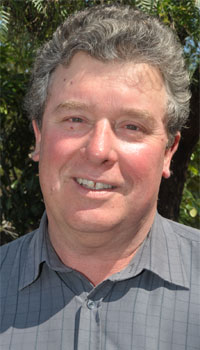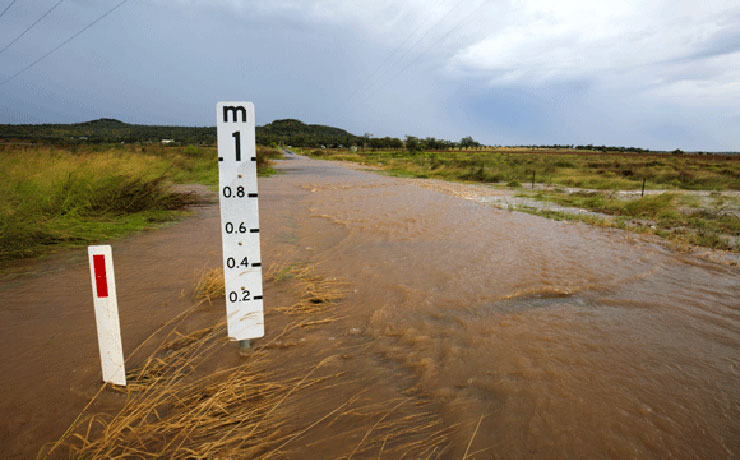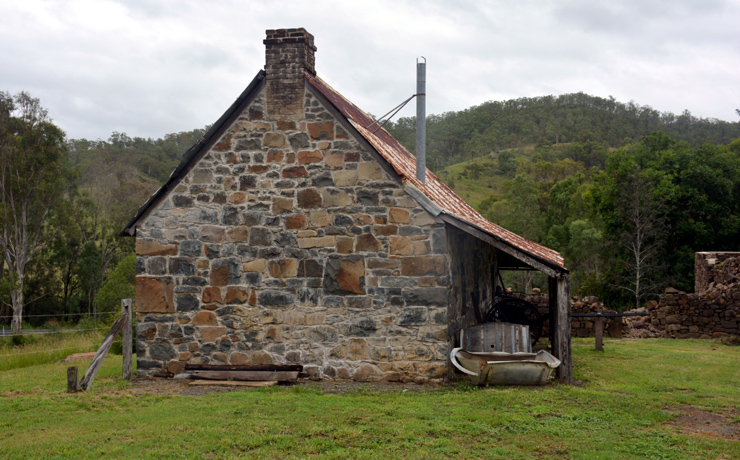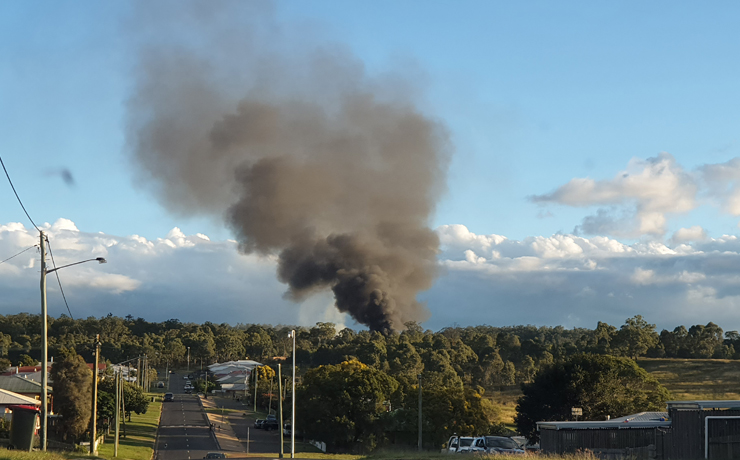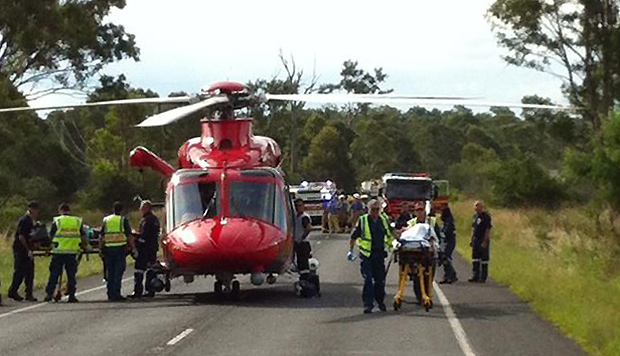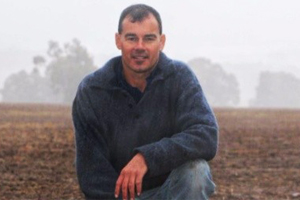|
June 24, 2016
The Queensland Dairyfarmers Organisation is sounding dire warnings, but Animal Health Australia is sounding triumphant about the end of Bovine Johne’s Disease zones from July 1.
Both organisations released media statements on Friday.
Animal Health Australia’s (AHA) Executive Manager of Biosecurity Services Duncan Rowland said the new approach, endorsed by the cattle industry and State Governments, focused on managing on-farm biosecurity risk rather than controlling disease through regulation.
“This approach treats JD as just one of many diseases that producers must manage within their business,” he said.
“Supported by more flexible regulation, producers will be able to make informed decisions about the opportunities and risks associated with purchasing livestock.”
A number of changes will occur under the new Framework including:
- Deregulation and removal of zoning: Most State/Territory jurisdictions are on-track to remove regulation by July 1
- Ceasing of quarantining of properties as a control measure
- Movement to a market-driven approach where producers undertake practices dependent on market requirements.
“To ensure Australian producers and interested stakeholders are informed and supported throughout this reform process, industry and governments are developing tools and resources to provide guidance,” Mr Rowland said.
“We’ve released a useful fact sheet, ‘New approach to Johne’s disease in cattle’, which clearly outlines what the approach means for the individual producer and also addresses some frequently asked questions.”
AHA said additional steps that would take place over the next month included:
- Provision of additional tools and resources
- Enhancement of the existing National Cattle Health Declaration to reflect the new approach
- Hosting of public forums, to address any questions producers may have
- Continuous updates on the AHA website.
Mr Rowland said AHA would continue to work with industry and government “to ensure the Framework is implemented as smoothly and quickly as possible to enhance the biosecurity credentials of Australia’s cattle industry”.
Related articles:
- QDO Disappointed By BJD Decision
- BJD Protected Zone Abolished
- Japan Ban Highlights BJD ‘Risk’
- Japan Suspends Live Cattle Imports
- AHA Presses On With BJD Overhaul
- Minister Labels BJD Fears ‘ Scaremongering’
- MP Calls For Vote On BJD
- BJD ‘Protected Zone’ To End
- MP Warns Against ‘Southern Push’ On BJD
- QDO Alarmed By BJD Proposals
- Input Sought On BJD Framework
- May Deadline For BJD Comment
- New BJD Property Identified
- $3m More In BJD Aid
- Beef Forum Backs BJD Campaign
- BJD Support Available For Graziers
- Feedback Sought On Cattle Levy
- Rally Behind Graziers: MP
- Sixty Properties Still Face BJD Bans
- Good And Bad News On BJD
- BJD Meeting In Gympie
- Agforce Welcomes New Biosecurity Fund
- BJD Band-Aid No Solution: Katter
- Voluntary Cattle Levy To Support New Industry Fund
- Two More Animals With BJD
- Ex-Chief Vet In BJD Role
- ‘Protected’ Status Key For BJD
- 150 Properties On BJD Watch List
- BJD Updates Available Online
- BJD Scare Locks Down Cattle
- MP Urges Graziers To Watch For BJD






